Kyushu J7W3 Shinden Japanese “Jet Ace” 1947
Well, how about another “what if” history project? I hope you don't mind. This started off as just a regular build of the Hasegawa Kyushu J7W1 Shinden. This aircraft had long fascinated me, with it's unorthodox canard design and sort of “Star War”ish appearance. I wanted to build the prototype which actually was test flown in the waning days of the war. The build was progressing along nicely when disaster struck. I was using a desk lamp to speed up the paint drying. I left the plane unattended for a few hours and when I returned, the lamp had dropped down several inches and had melted the upper rear fuselage. Yeah. Ooops! After much gnashing of teeth, a “fix” came to me. I could try to adapt the aircraft to turbojet power which was a long-term plan for Kyushu anyway had time allowed for this development.
I used body shop spot filler putty to build up the damaged area, deleted some features, added a few more and jumped whole hog into this conversion process. I used the canopy from some long lost P-47, cutting it in half and using the rear-most section for the windscreen. A drop tank from an unknown source was pressed into service too. The prototype had featured some rather long and spindly landing gear to provide ground clearance for the six-bladed prop on the pusher radial engine. I didn't need that clearance now and so decided to shorten the three landing gear. That led to another problem. When gear were shortened, the wheels wouldn't mate with the recesses in the wings and forward fuselage. So, I had to relocate the attachment positions for all three. I also shortened the rather tall vertical stabilizers/rudders and created new broader rudders.
I envisioned that the J7W1 would've evolved into the J7W2 with jet power and then later into the J7W3 with the bubble canopy, shortened rudders and lowered stance. The planes would've been delivered to units in an unpainted form with Hinomarus intact and field expedient camouflage then applied. This model was built back in 2004 and upon close inspection, reveals a lot of flaws. I had a bit of trouble blending the new canopy into the fuselage and in general, the build shows my limits then as a modeler (and those haven't changed as much as I would like now, lol). But, it was my first conversion of any kind and my first “what if” project too.
I would imagine this aircraft based in Korea circa spring of '47. It's wearing 5 kill markings, 3 American victims and two Soviet kills, making her pilot a “Japanese Jet Ace”. I hope you enjoy my little World War II fantasy exercise. Thanks for taking a look!
Gary
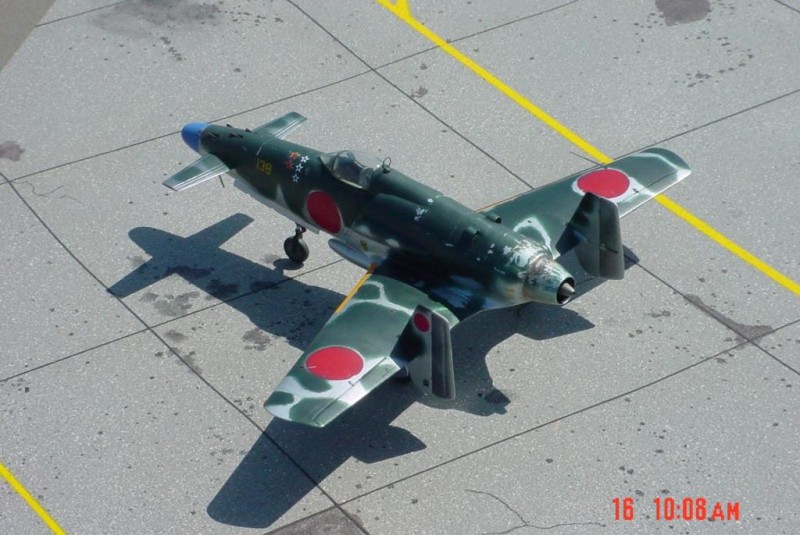
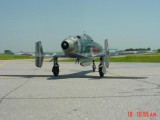
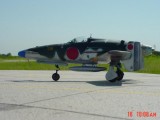


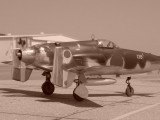
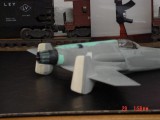
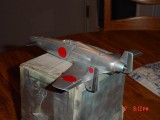
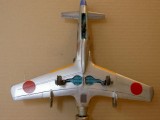
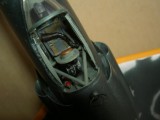
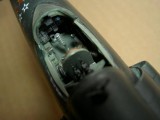
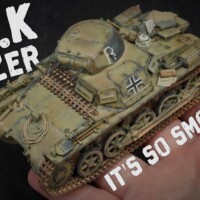
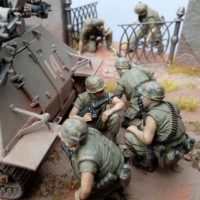
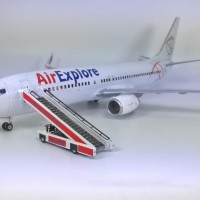
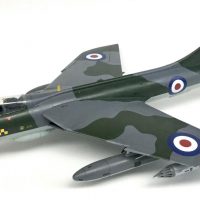
Very Cool. Excellent recovery of a (near)disaster.
No, we don't mind, on the contrary, thank you for the interesting writeup! And it's been a good and intriguing model. I especially like your second photo (1st in the gallery) with the exhaust heat showing!
Melting a kit under a lamp happened also to me once. I can recommend switching to a small desktop fan as a paint-drying device...
Thanks gentlemen! Comments surely appreciated by this old builder of "four footers".
Gary
An evil-looking little machine 🙂 !
Regards
Magnus
You're right Magnus! Implausible perhaps, but mean looking nevertheless.
Fun fact: Shinden was made to be a jet fighter but the war ended before they could finish it. That is the reason for the odd way it is made, at the time mono-jets would melt the rudder of the plane, the Japaneses found away around this by putting the rudder at the front.